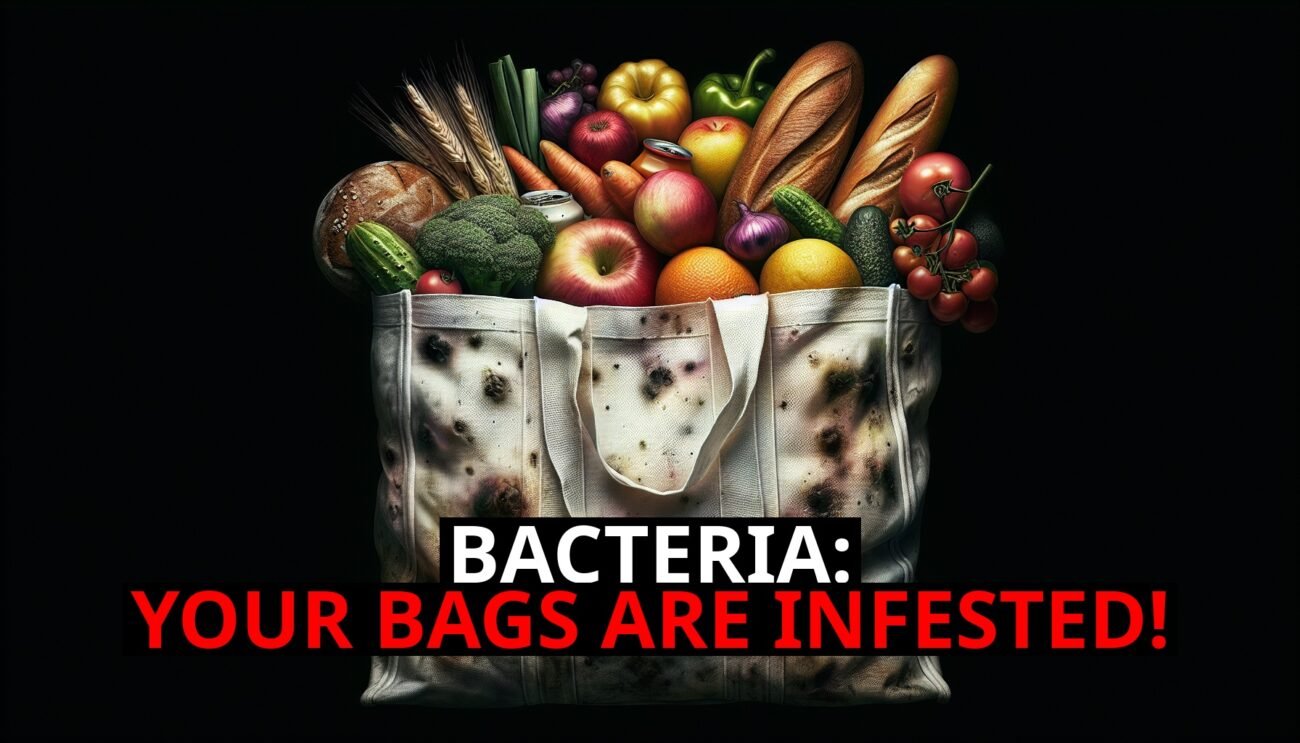What’S Really Lurking In Your Lunchbox?
You’ve packed a healthy lunch—fresh veggies, whole grains, and maybe a piece of fruit for dessert. But while you’ve put thought into what you’re eating, have you ever considered the safety of the container holding your meal? The lunchbox that seems so convenient might be hiding a secret: toxic chemicals that can leach into your food, potentially harming your health.
It’s time to take a closer look at the materials you’re using to pack your meals. From plastics to liners, let’s uncover the hidden toxins in your lunchbox and explore safer alternatives that can keep your food—and you—healthy.
The Hidden Risks In Common Lunchbox Materials
Lunchboxes and food storage containers come in all shapes and sizes, but many are made from materials that can pose risks to your health. Here’s what you need to know about some of the most common materials:
– Plastic: Plastic is lightweight and durable, making it a popular choice for lunchboxes and food containers. However, many plastics contain chemicals like Bisphenol A (BPA), Bisphenol S (BPS), phthalates, and other additives that can leach into your food, especially when exposed to heat or acidic foods. These chemicals have been linked to hormone disruption, reproductive issues, and even cancer.
– Vinyl and PVC Liners: Some lunchboxes and cooler bags are lined with vinyl or PVC (polyvinyl chloride) to make them waterproof or insulated. Unfortunately, these materials can contain harmful chemicals like phthalates and lead, which can transfer to your food or skin over time.
– Styrofoam: Often used in disposable lunch containers, Styrofoam (made from polystyrene) can release toxic chemicals, particularly when heated. These chemicals are not only harmful to your health but also contribute to environmental pollution, as Styrofoam is not biodegradable.
– Aluminum Foil and Cans: While aluminum is generally safe for food storage, acidic foods like tomatoes can cause aluminum to leach into your food, potentially leading to health concerns. Some cans are also lined with BPA-containing resins, adding another layer of risk.
Safer Alternatives For Packing Meals
The good news is that you don’t have to compromise your health for convenience. There are plenty of safer alternatives to common lunchbox materials that can help you pack meals with peace of mind. Here are some of the best options:
– Stainless Steel Containers: Stainless steel is a durable, non-toxic material that’s perfect for packing meals. It doesn’t leach chemicals, is resistant to stains and odors, and can withstand being tossed around in a bag. Plus, it’s easy to clean and can last for years.
– Glass Containers: Glass is another excellent choice for food storage. It’s completely free of harmful chemicals, doesn’t absorb odors or stains, and can be safely used in the microwave and oven. Look for glass containers with silicone or stainless steel lids for a completely non-toxic lunch solution.
– Silicone Bags and Containers: Food-grade silicone is a flexible, heat-resistant material that’s great for storing everything from sandwiches to snacks. Silicone is free from BPA, phthalates, and other harmful chemicals, making it a safe choice for packing meals.
– Beeswax Wraps: Ditch the plastic wrap and switch to beeswax wraps for an eco-friendly and non-toxic way to store food. Beeswax wraps are made from cotton coated in beeswax, jojoba oil, and tree resin, creating a breathable yet protective barrier for your food. They’re perfect for wrapping sandwiches, fruits, and veggies.
– Organic Cotton Lunch Bags: Replace vinyl or PVC-lined lunchboxes with organic cotton bags. These bags are free from harmful chemicals and are often insulated with natural materials like wool, keeping your food fresh without the toxins.
– Bamboo Utensils and Cloth Napkins: Complete your non-toxic lunchbox by opting for bamboo utensils and reusable cloth napkins. Bamboo is naturally antibacterial and biodegradable, making it a healthier and more sustainable choice than plastic utensils.
Tips For A Healthier Lunchbox Routine
Beyond choosing safer materials, there are a few other tips you can follow to ensure your lunchbox routine is as healthy as possible:
– Avoid Heating Plastic: If you do use plastic containers, never heat them in the microwave or place hot foods directly into them. Heat can cause chemicals to leach into your food, increasing your exposure to toxins.
– Replace Worn-Out Containers: Over time, lunchboxes and containers can degrade, especially if they’re made from plastic. If you notice cracks, stains, or odors, it’s time to replace them with safer alternatives.
– Clean Thoroughly: Make sure to clean your lunch containers and bags thoroughly after each use to prevent the buildup of bacteria and mold. Stainless steel, glass, and silicone are all easy to clean and sanitize.
Conclusion: Make Your Lunchbox A Safe Space
Your lunchbox is more than just a container—it’s a crucial part of your daily routine that can impact your health in ways you might not have considered. By choosing safer materials like stainless steel, glass, and silicone, and by avoiding toxic liners and plastics, you can protect yourself from hidden toxins and enjoy your meals with peace of mind. After all, the food you pack is meant to nourish your body—let’s make sure the container it’s in does the same.













